Buenos Aires is a city that lives soccer with passion and fanaticism. And this is a tour of some of the 18 stadiums in the city.
It is worth mentioning that if we take the Metropolitan Area (capital plus Greater Buenos Aires), the number of stadiums reaches 61.
- River Plate, Monumental Stadium
- Boca Juniors, the Bombonera
- San Lorenzo, the new gasometer
- Huracán, the Palace
- Velez Sarsfield
- Ferrocarril Oeste, Ricardo Etcheverri Stadium
- Argentinos Juniors, Diego Armando Maradona Stadium
- All Boys, Islas Malvinas Stadium
- Nueva Chicago, República de Mataderos Stadium
- Atlanta, León Kolbovski Stadium
- Some more facts…
River Plate, Monumental Stadium
Its official name is Antonio Vespucio Liberti and it’s one of the most important soccer stadiums in America and the main one in Argentina.
Inaugurated in 1938, with a capacity for 65,645 spectators, it is a true emblem and the epicenter of great spectacles. Whether it is to watch River (one of the most popular teams) play, to attend a massive concert or to visit its museum, it is worth visiting.
The stadium is located in the Buenos Aires neighborhood of Belgrano, in the northern part of the city.
The River Plate club was founded on May 25, 1901 in the city of Buenos Aires, by the merger of two clubs: “Santa Rosa” and “La Rosales”, two teams from the neighborhood of La Boca that maintained a friendly rivalry. After several proposals, they decided to call it “River Plate”.

Boca Juniors, the Bombonera
The Alberto J. Armando is another of Argentina’s important soccer stadiums. Inaugurated in 1940 and remodeled in 1996, it has a capacity for 49,000 spectators. It has hosted countless historic matches, including the great Superclásicos between Boca and River.
The particular way in which the stalls are distributed, very close to the playing field, adds a distinctive touch to each match played. It is located in the neighborhood of La Boca, in the southern area of the city. We have already introduced you to the Museo de la Pasión Boquense.
Men’s soccer is its most prominent discipline, although it also competes at the professional level, nationally and internationally, in basketball, volleyball, futsal, women’s soccer and handball, while sports such as boxing, judo, karate, taekwondo, rhythmic gymnastics and artistic gymnastics are practiced at the amateur level.
Boca Juniors has participated in the Argentine First Division since 1913 and, as of the 2013 Torneo Inicial, became the only club to play every season in the First Division since the beginning of professionalism in 1931.
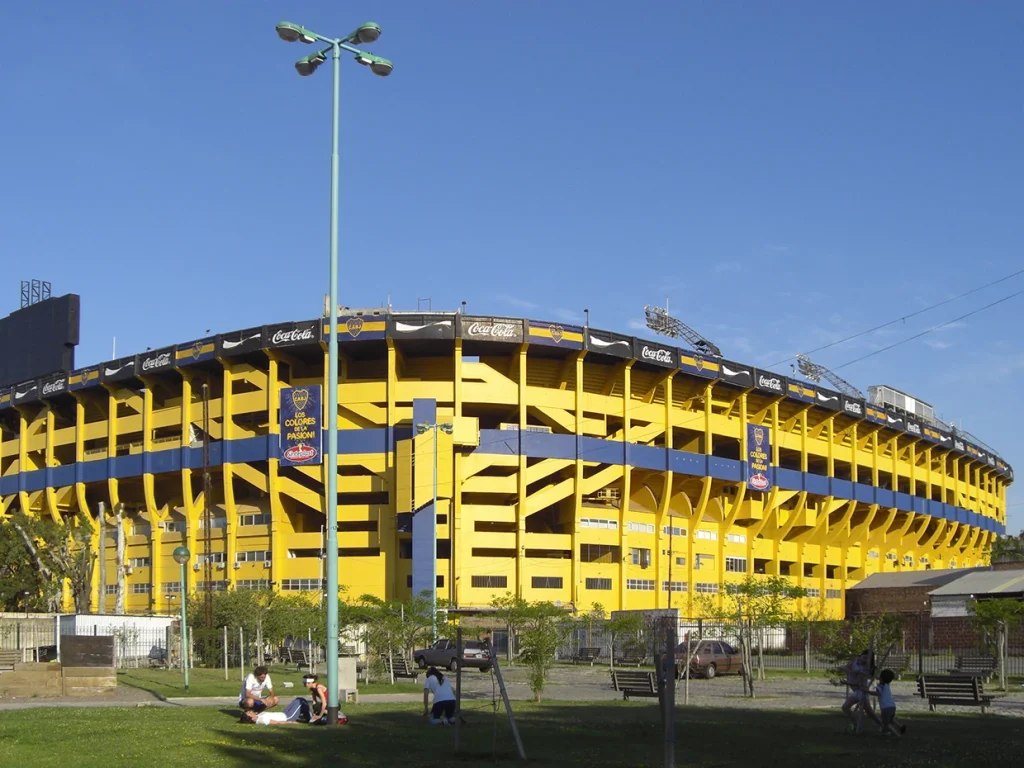
The Boca-River Superclassic
Both clubs emerged and were born in the neighborhood of La Boca, River Plate was founded in 1901. Most of its founders were descendants of Italians, with a minority of Creoles and children or grandchildren of British, with the exception of Leopoldo Bard and Pedro Martínez.
A little later, precisely in 1905, Boca Juniors was born, founded by six teenagers, sons of Italians and neighbors of La Boca, a neighborhood of immigrant workers with a strong Genovese identity (“xeneize” in dialect): Esteban Baglietto, Alfredo Scarpati, Santiago Sana, Tomás Movio, brothers Juan Antonio Farenga and José Teodoro Farenga, Luis De Harenne and others. The rivalry goes back to that time and the first time they faced each other was in 1908, with Boca Juniors winning 2-1.
The confrontation of both teams is considered worldwide as one of the most intense sporting spectacles, we leave you this link in case you have any doubts.
San Lorenzo, the new gasometer
Pedro Bidegain Stadium is one of the most recently inaugurated (1993), although the club has a long history. It was founded in 1908 on the initiative of a group of young people in collaboration with the Salesian priest Lorenzo Massa. It has a capacity for 43,494 spectators and is located in the Villa Soldati neighborhood. It meant a big step for San Lorenzo after losing its main stadium, located in the Boedo neighborhood, and known for its shape as the gasometer.

Huracán, the Palace
The Tomás Adolfo Ducò Stadium is really very coquettish and big. The club dates back to 1903 and is located in the Popeya neighborhood. The stadium was inaugurated in 1947 and has a capacity for 48,314 spectators. In addition to its beautiful architecture (recognized as heritage of the city) it is one of the stadiums where it is very pleasant to watch soccer.
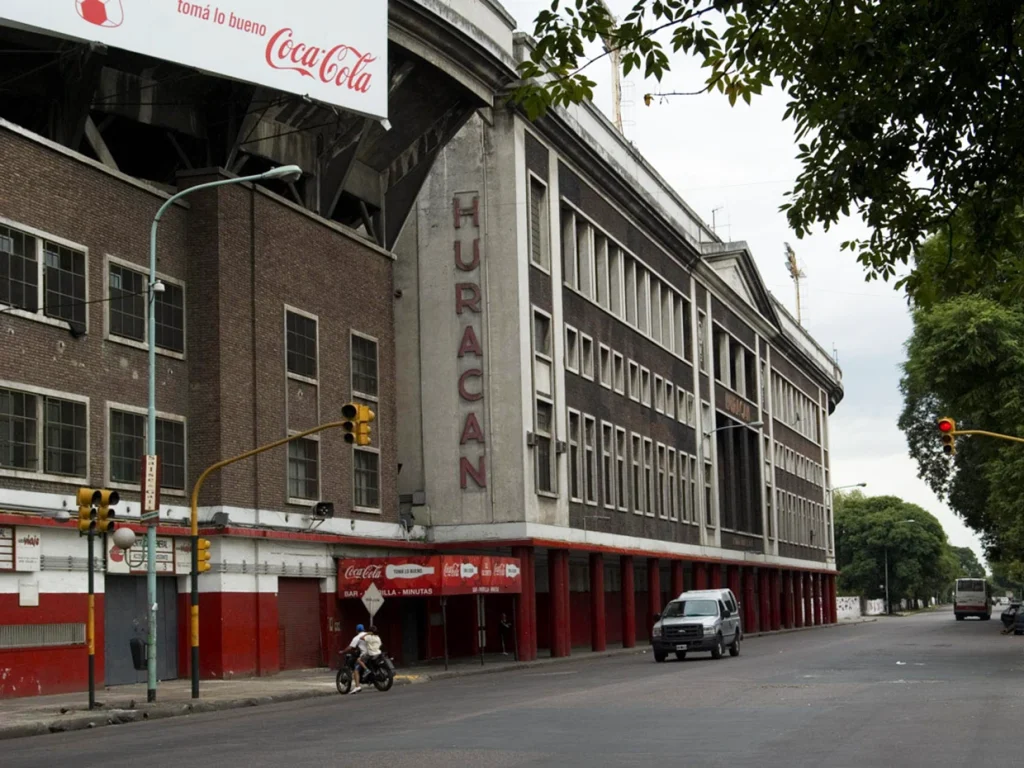
The biggest neighborhood classic in the world
This is the name given to the match between two classic rivals Huracán and San Lorenzo, which first met in 1915.
The rivalry has existed since the 1920s and at that time they were only 8 blocks apart. To make matters worse, both clubs were born in the same year: San Lorenzo de Almagro in April and Huracán in November 1908.
Velez Sarsfield
The José Amalfitani Stadium is another of the great soccer stadiums of Buenos Aires and the country. Inaugurated in 1951, with a capacity for 49,540 spectators, it is one of the most beautiful stadiums and one of the best places to watch the matches. With a very good distribution of the stalls and the popular stadiums, comfortable, spacious and accessible, it is an ideal option to watch an important Argentine soccer match. In addition, it is usually the epicenter of concerts and massive shows. It is located at Juan B. Justo 8900, in the neighborhood of Liniers, in the western area of the city.

Ferrocarril Oeste, Ricardo Etcheverri Stadium
Inaugurated in 1905, it is one of the oldest stadiums in Argentine soccer with a capacity for 24,268 spectators, currently undergoing structural remodeling. The club was founded on July 28, 1904 in the Buenos Aires neighborhood of Caballito by 95 employees -mostly British- of the company Ferrocarril Oeste de Buenos Aires, who intended to cement a club to stimulate “physical exercises and soccer in particular.” Another interesting fact is with the construction of the soccer stadium, financed by its main founding member David Simpson, the year after its foundation, it became affiliated to the Argentine Football Association. And so soccer was, then, the first official sport of the club along with cricket.
It is located at Avellaneda 1240, in the neighborhood of Caballito, in the geographical center of the city of Buenos Aires. It used to be the epicenter of great events and shows.
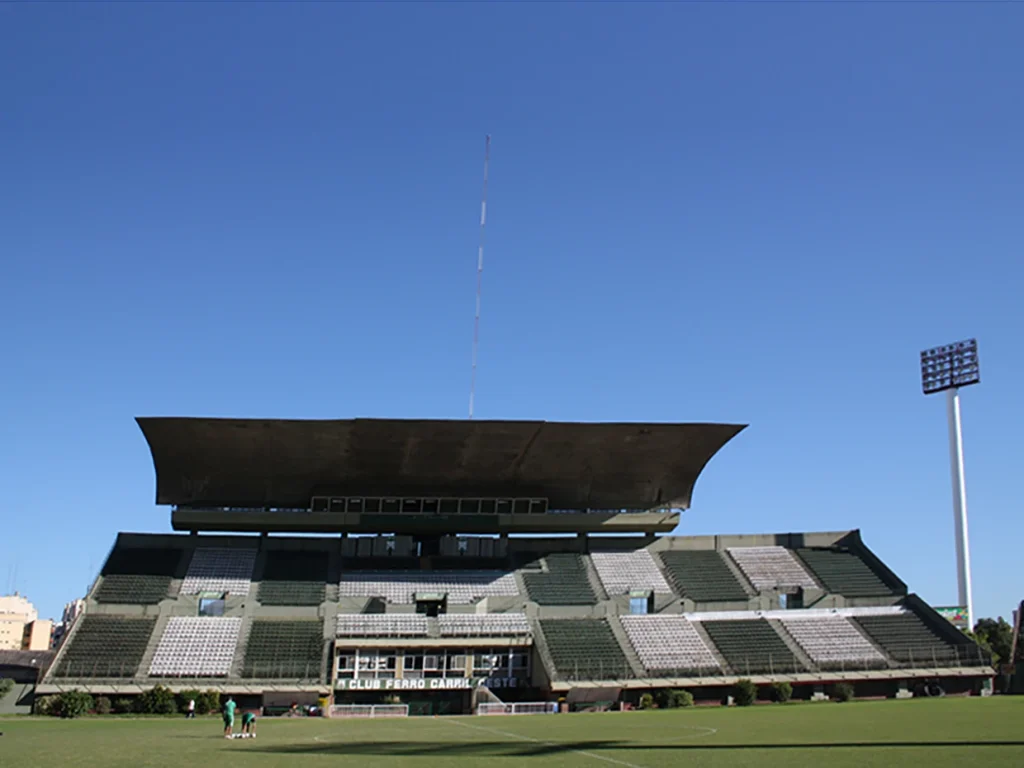
The classic of the West
This name is due to the fact that both clubs (Ferrocarril and Vélz Sarsfield) are located to the west of the city center.
The first meeting was played in the amateur era, in 1920, and the last one in 2000. Since then, this match has not been played again due to the fact that both clubs participate in different categories, currently Ferro Carril Oeste is in the second division (Primera B Nacional) and Vélez Sarsfield is in the first division (Primera B Nacional).
Argentinos Juniors, Diego Armando Maradona Stadium
It is a soccer stadium that makes an impact because of its name. Yes, it is called Diego Armando Maradona, and that is not a minor fact. It is full of history, since one of the most important players of all times made his official debut in this stadium. It was in 1976, wearing the shirt of Argentinos Juniors, a club in which he played for more than 4 years.
It is a small but pleasant stadium, inaugurated in 1940 and reopened in 2003, with a capacity for 24,000 spectators. It is located at Gavilán 2151, in the neighborhood of La Paternal.
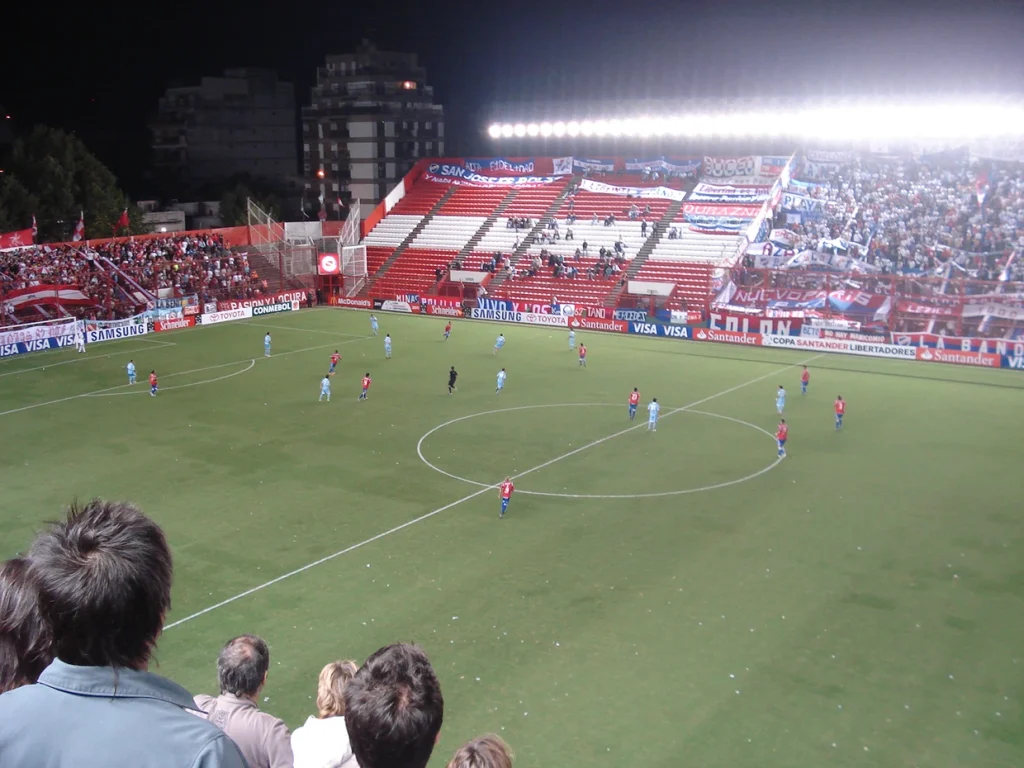
All Boys, Islas Malvinas Stadium
It is a coquettish stadium to watch soccer that was inaugurated in 1963, currently it is the venue for exciting promotion matches, since All Boys plays in the B Nacional league.
The Islas Malvinas Stadium is located in the neighborhood of Floresta, at the intersection of Mercedes and Álvarez Jonte streets, in the city of Buenos Aires.
It has a capacity of approximately 21,500 spectators. It has a main grandstand, a side grandstand and a popular grandstand. It is a single-story stadium, with grandstands surrounding the playing field.

Nueva Chicago, República de Mataderos Stadium
It was inaugurated in 1940 with capacity for 28,500 spectators. It is another option for soccer lovers, currently the venue for exciting promotion matches, since Chicago also plays in the B Nacional.
It is located at Justo A. Suárez 6900, in the Mataderos neighborhood of Buenos Aires. Its first official field was in another location in the same neighborhood in 1912.
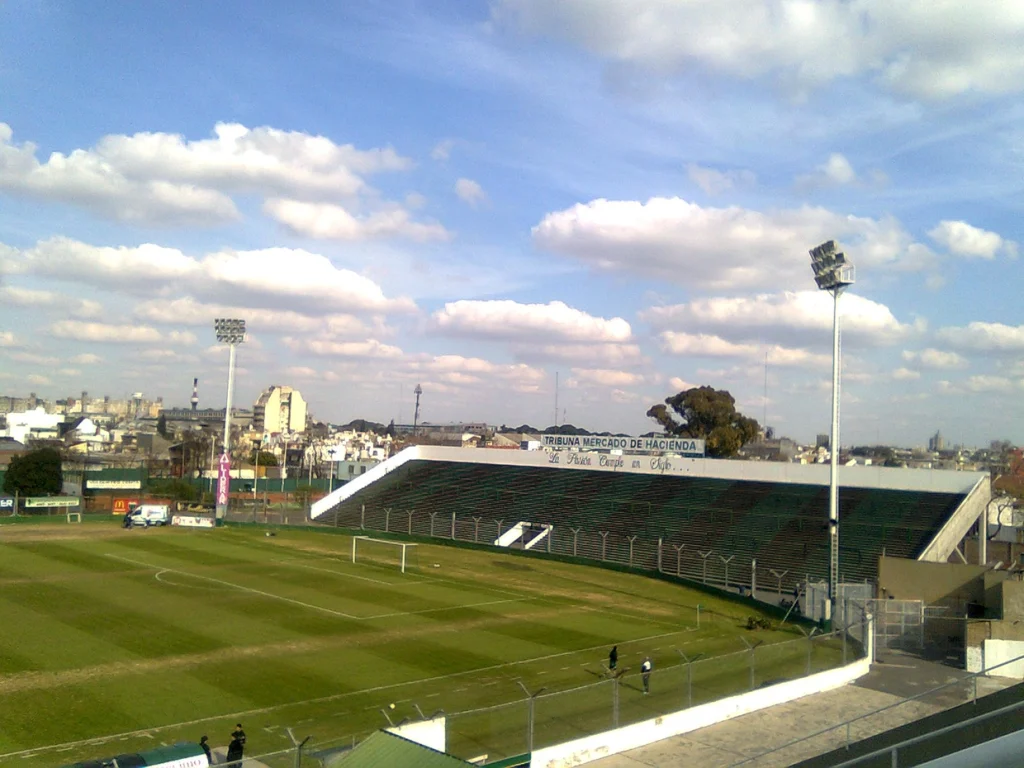
Atlanta, León Kolbovski Stadium
It is located in Humboldt 390, Villa Crespo neighborhood, inaugurated in 1960 with a capacity for 14,000 spectators.
It has a capacity of approximately 24,000 spectators. It has a main grandstand, two side grandstands and a popular grandstand. The main grandstand is the largest and is covered.
The stadium was inaugurated in 1960 and has been the home of Club Atlético Atlanta ever since. The Atlanta soccer team has competed in different divisions of Argentine soccer throughout its history and the stadium is a traditional venue for promotion matches.

Some more facts…
:: Buenos Aires is the city with the most soccer stadiums in the world.
:: In the first decade of the 20th century, no less than 300 soccer clubs were created in Argentina.
:: The Argentinean soccer league (which started as amateur in 1891 and became professional in 1931) is the third oldest in the world after Great Britain and the Netherlands.
:: The first soccer match in Argentina was played on the field of the Buenos Aires Cricket Club on June 20, 1867, where the city’s Planetarium is located today.

In Buenos Aires soccer is lived with passion and fanaticism. And the show is not only made by the players, but also by the fans with their papers, applauses, flags, songs, drums and whistles.


